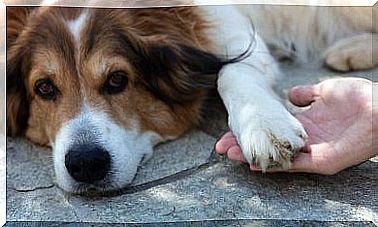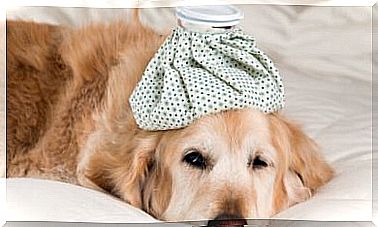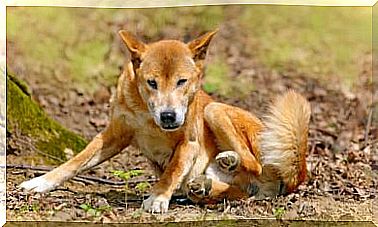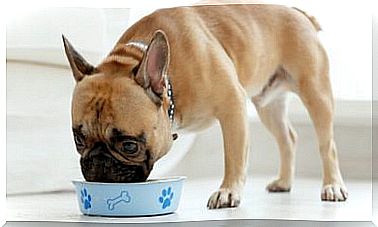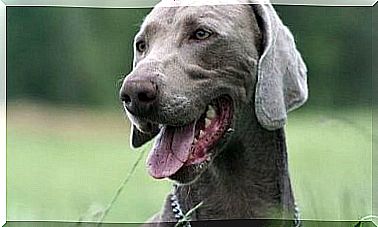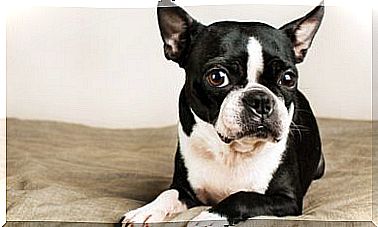Dangerous Plants For Cats

Those of us who live with cats know their fondness for nibbling and playing with plants. It is rare to find a house that has plants and a pussycat and these are spotless. However, not all plants are safe for cats to try to eat, or to put in their mouths, or to nibble on. That is why we have compiled this list of dangerous plants for cats. If you have any at home, as a precaution, it is best to leave them out of their reach.
Most of the toxic plants have pain, vomiting or diarrhea as their first symptoms. At the slightest suspicion that the cat may have been poisoned by something (be it these plants or something else), you should go to the veterinarian as soon as possible and bring him a reference of what he could do eaten. If the practitioner knows exactly what poison or substance is harming the animal, they can apply the correct treatment much sooner. And in an emergency like this, every minute counts.
Dangerous seasonal plants for cats
There are two plants that define Christmas: the firs or pines and the Poinsettia (poinsettia). For a few years, in social networks, when November or December approach, messages begin to appear reminding that the Poinsettia, so beautiful and traditional, is toxic for cats. Simple contact with it can cause skin and eye irritation. Also, if eaten, it will cause vomiting, diarrhea, and other related problems.

Also Christmas, holly is dangerous for cats. But only in case he ate the leaves or the fruits.
Calla lily, a tall plant with a white flower with a very characteristic yellow pistil, is also dangerous, not only after eating it, but it can irritate the cat’s skin and mucous membranes.
Dangerous plants for cats with flowers
The bulbs of plants such as tulip, hyacinth, etc., are slightly toxic to animals and people. Typically, dogs or cats that are poisoned by nibbling bulbs have dug them up before playing or exploring.
Other dangerous plants for flowering cats are azalea, hydrangea, and begoña.
In the case of the azalea, the entire plant is toxic, but especially the leaves. Ingesting part of a leaf can cause vomiting, diarrhea, and also seizures and neuronal problems.
Begonia or hydrangea poisonings are rare and rarely serious. But you have to be especially careful with the leaves and stems.
Dangerous plants for common cats
There are other common plants in many gardens and terraces, such as aloe vera. This has such a well known and widespread medicinal use, but it can cause irritation to the mucous membranes. All parts of Adam’s rib are irritating and can lead to tongue paralysis.
Other plants
There are other types of plants, even if they are not domestic or common at home, that are dangerous for cats.
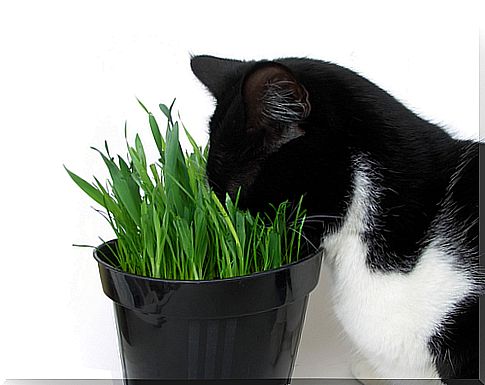
Foxglove (digitalis purpurea) is especially dangerous. The whole plant is toxic, and its substances affect the heart, causing arrhythmias or heartbeats that are too slow.
Ivy is a very common climbing plant in public gardens and in nature, which can be found climbing trees or walls. Ivy is poisonous to all animals, and contact with the hairs surrounding the stems causes irritation and swelling. If swallowed, it causes vomiting and difficulty swallowing.
Nightshade affects the nervous system. All of it, ingested, causes neurological problems such as ataxia or drowsiness.
The eucalyptus is a tree that has spread enormously in northern Spain in recent decades. Its fragrance is used in detergents or air fresheners. Ingesting a eucalyptus leaf causes cats to vomit, gastrointestinal problems, weakness, and excess salivation.
Catnip (catnip) is known to all cat lovers. This plant acts like a drug and “sets” cats that sniff or rub against it. After a couple of hours, the “high” wears off and they resume their normal lives.
No serious catnip poisonings have been detected, but it is still a toxic herb for cats. A similar effect has other herbs in its family, such as spearmint, peppermint or valerian.
There are many other toxic plants for cats, because this is only a summary list of the most common. If you suspect that your pet may have eaten or rubbed against something that could harm him, you should visit a vet as soon as possible. Although always, better to be safe than sorry. If you are careful that your cat does not have access to dangerous things for him, you will save a lot of scares for both of you.

